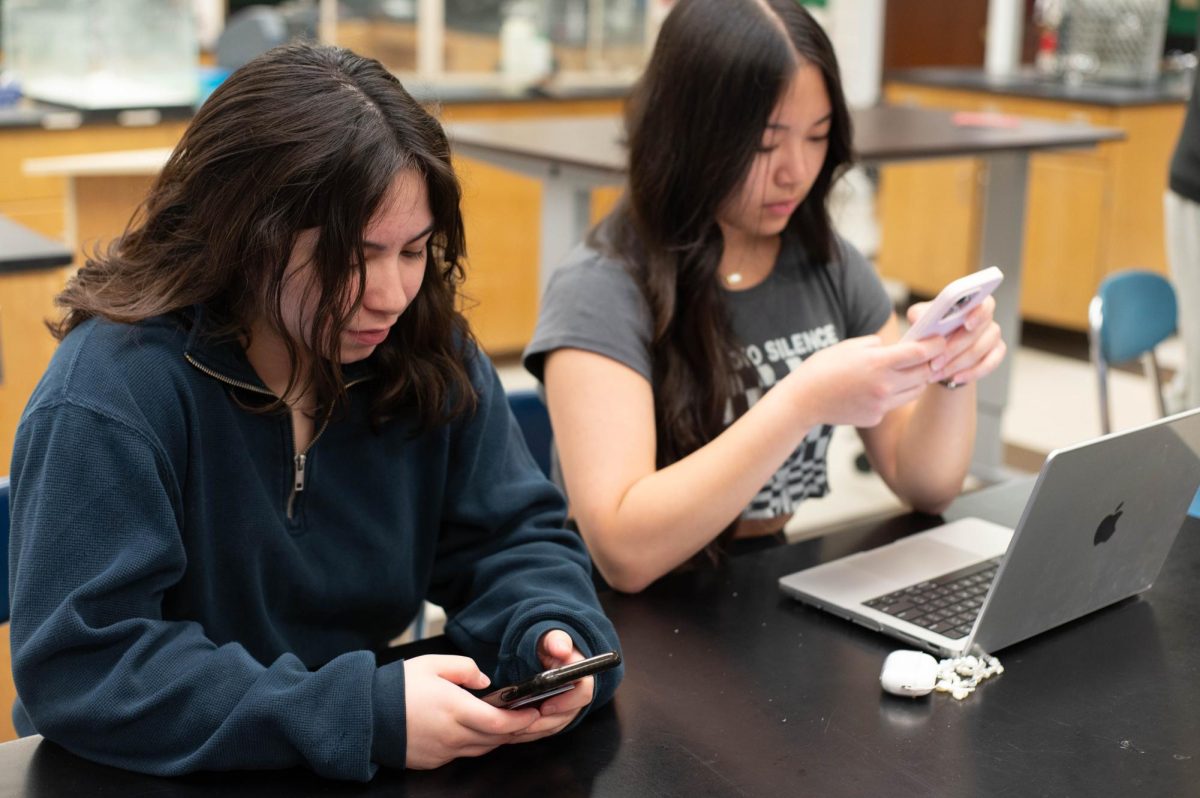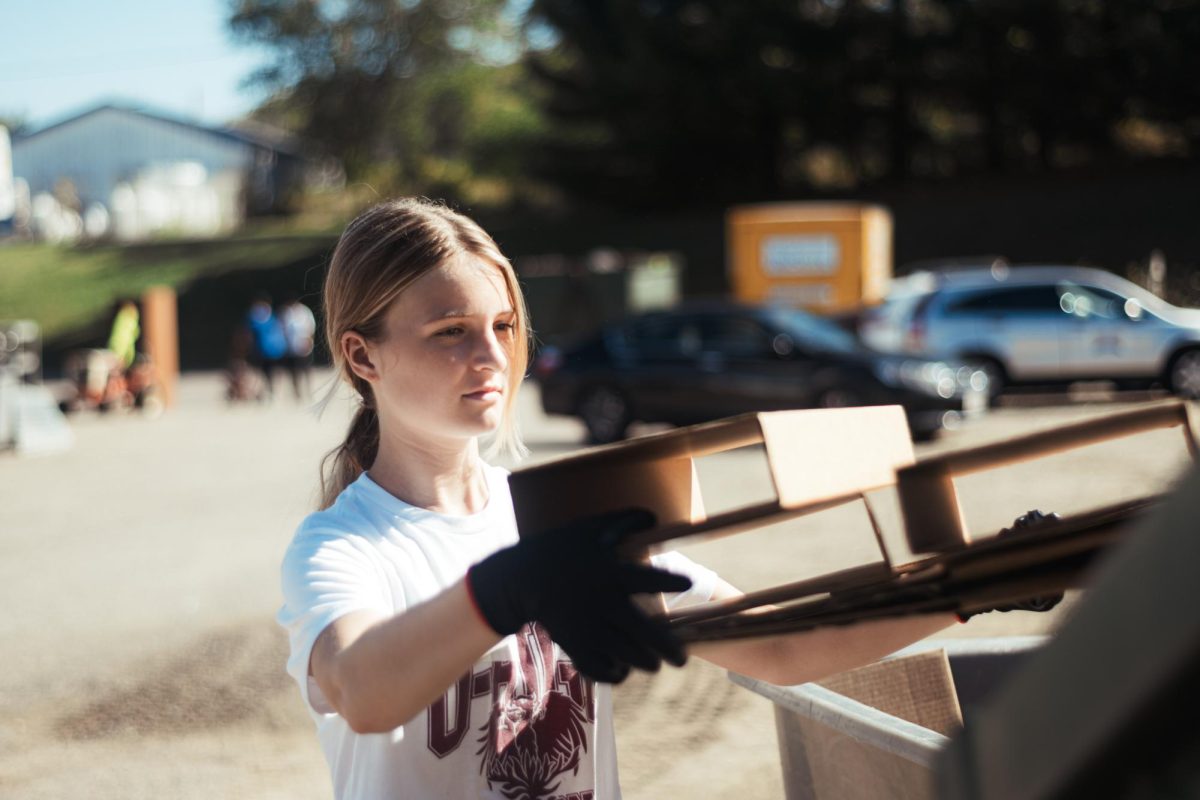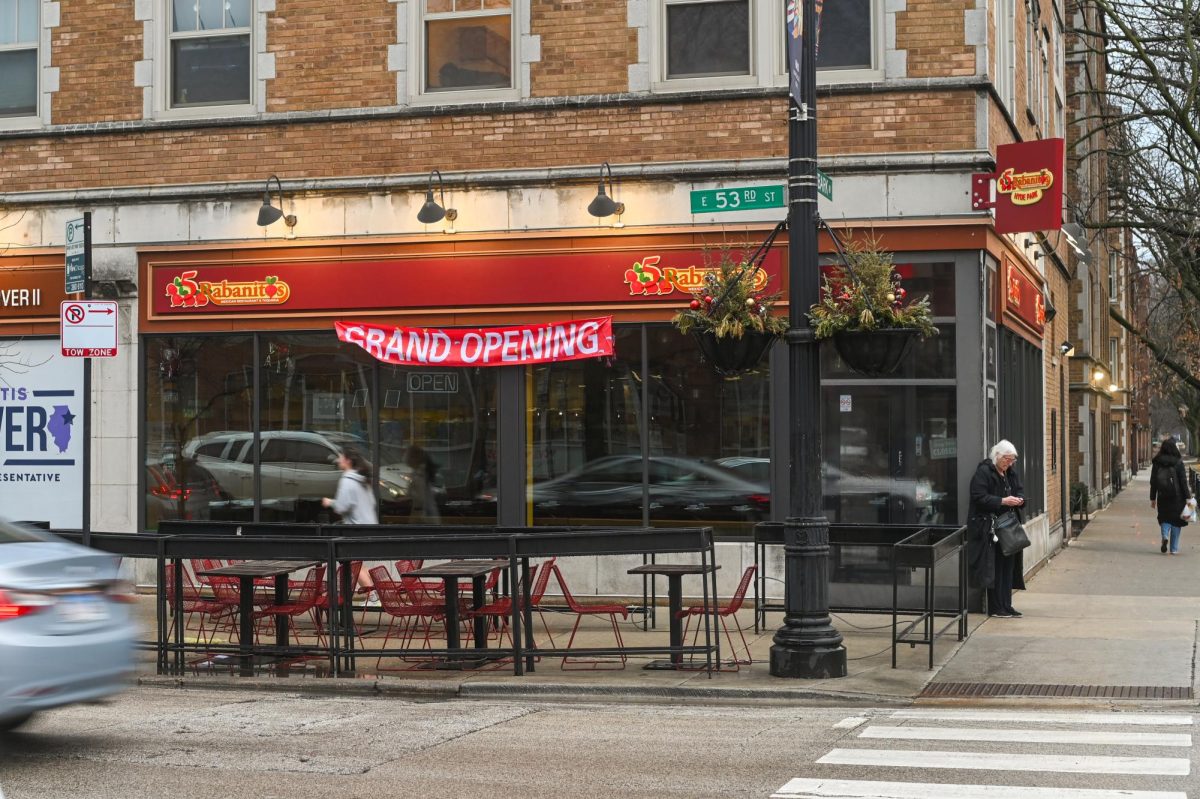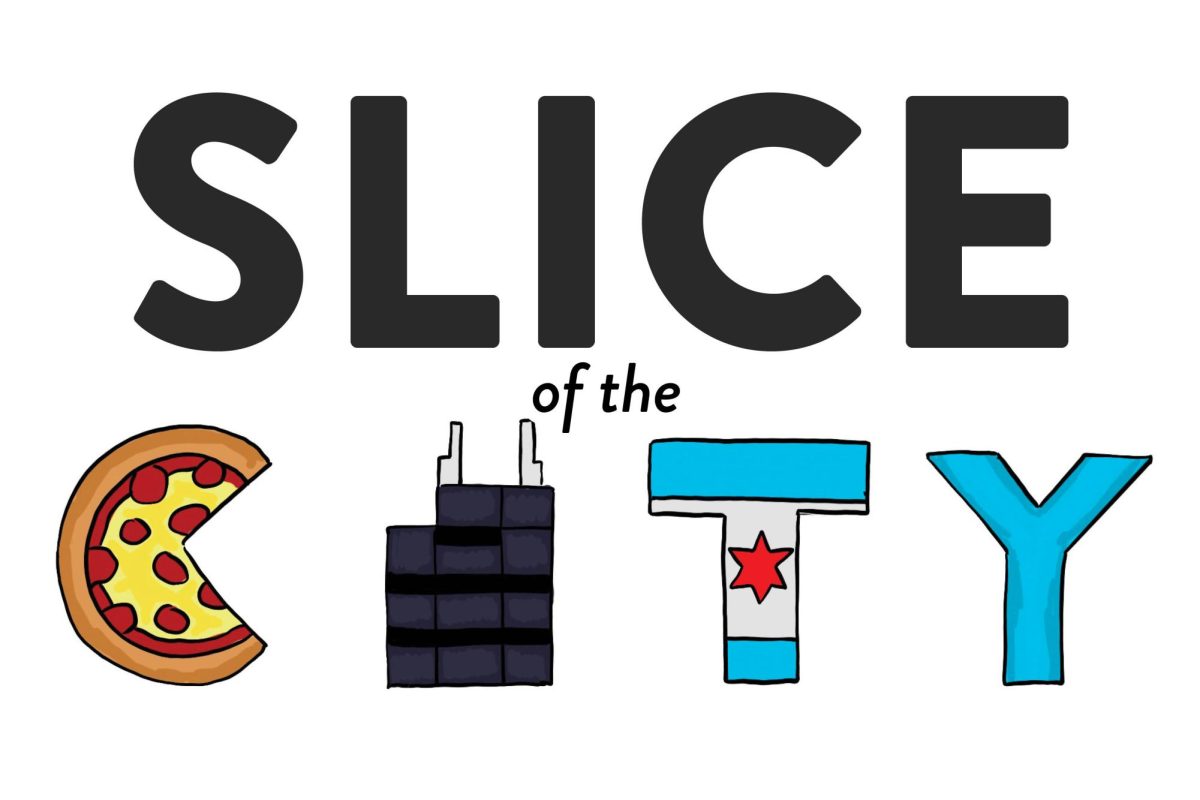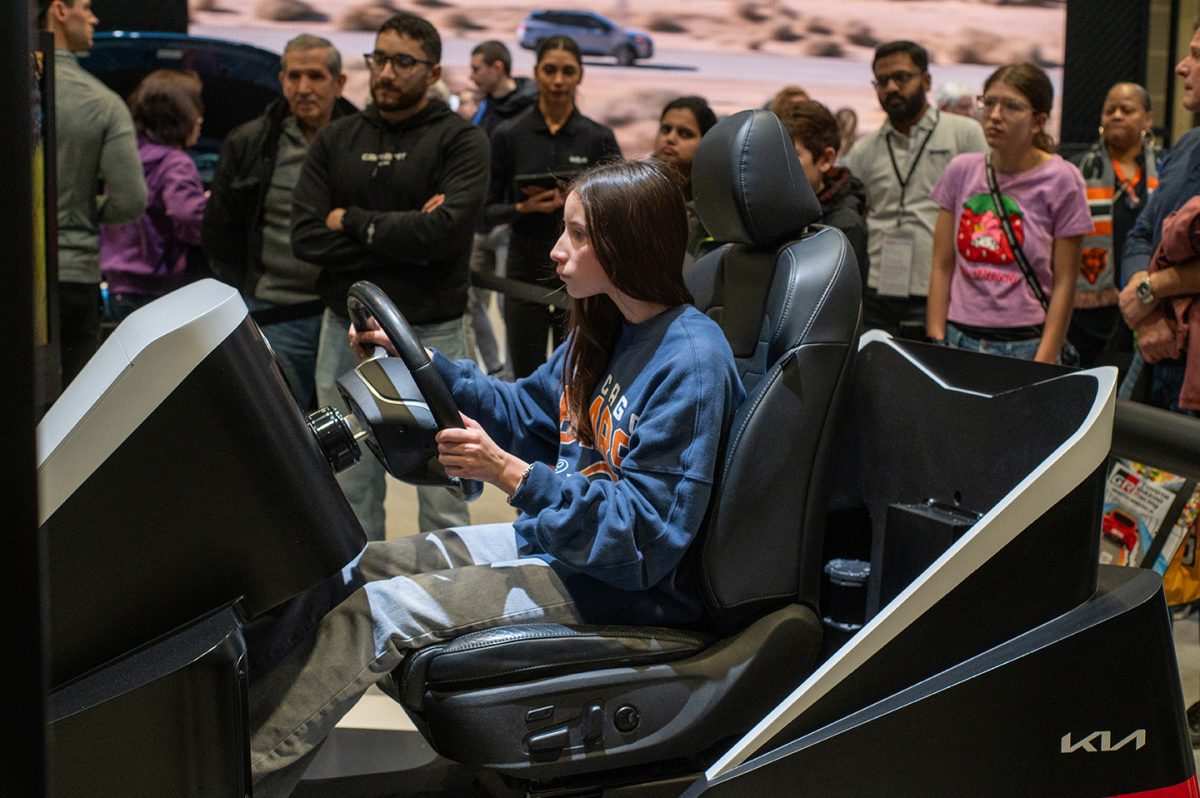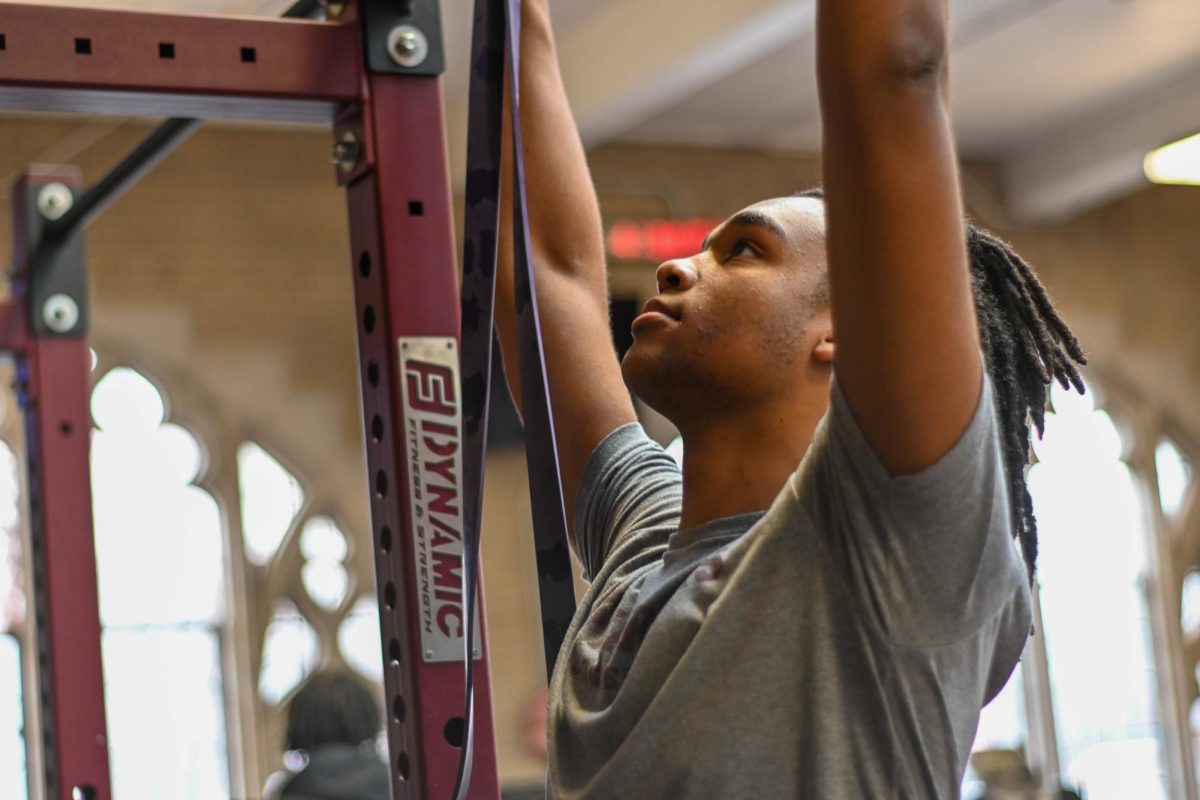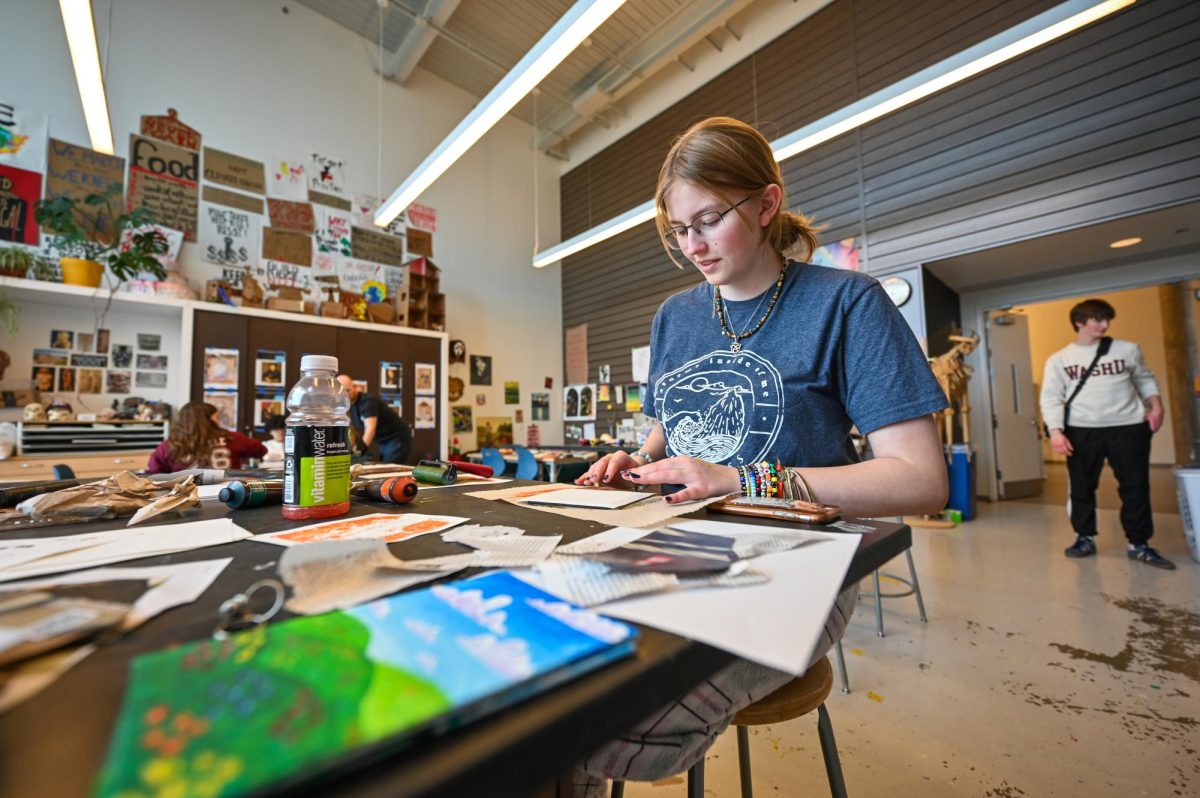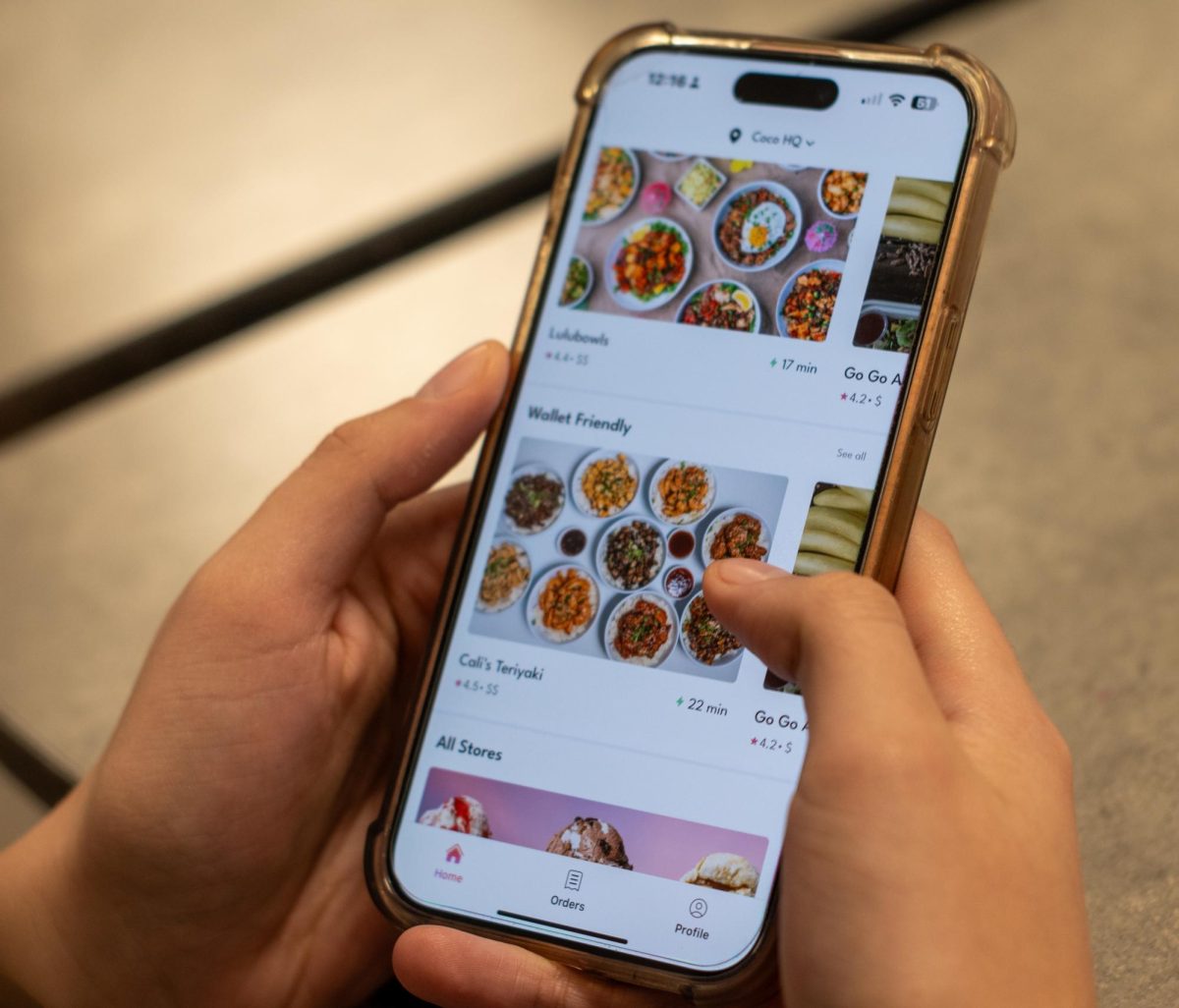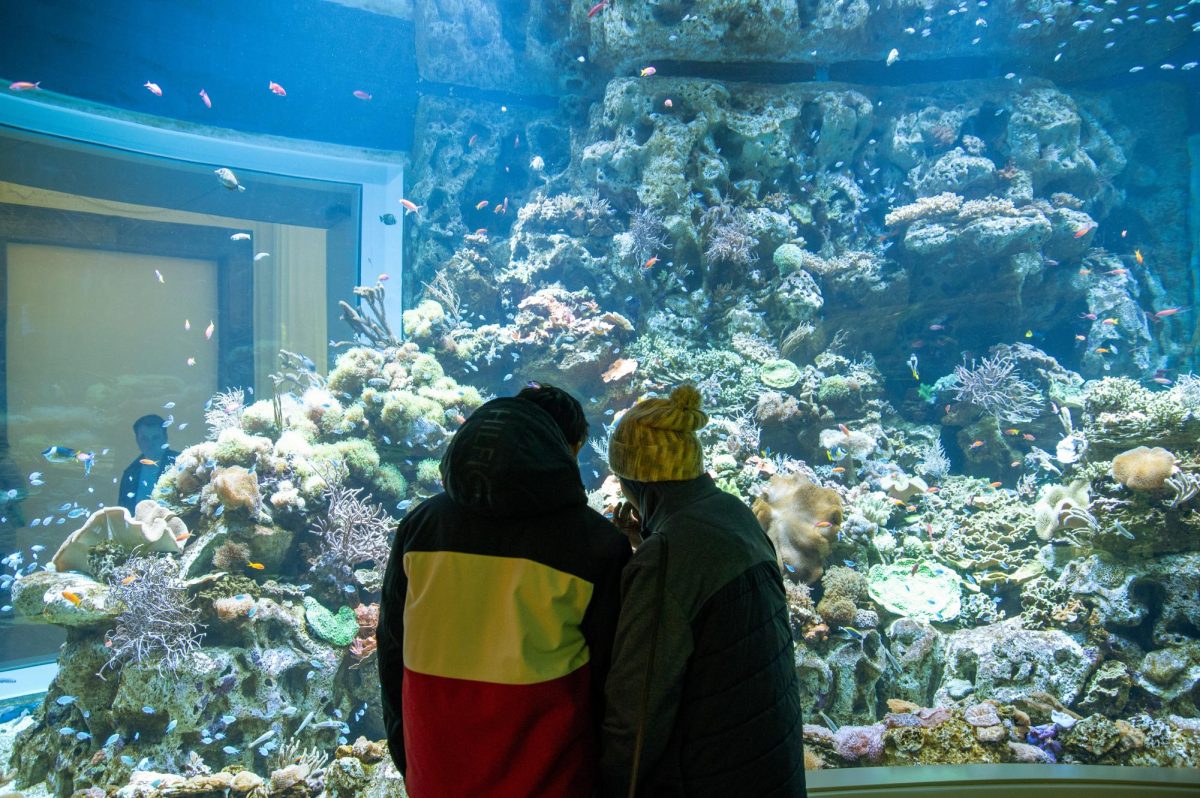Rolling through city sidewalks effortlessly, Coco the pint-sized robot, is revolutionizing food delivery. Powered by rechargeable batteries and guided by a combination of artificial intelligence and human operators, Coco is proving that the future of food delivery is not only fast but also efficient.
Launched in some Chicago neighborhoods in early December, Coco Robotics is making its mark in areas with high car congestion. Currently, it collaborates with popular delivery services such as DoorDash to serve parts of the Near West Side. Coco offers a new alternative to traditional car delivery.
The process is simple for users: order food from restaurants that support Coco such as Veggietopia or Mrs. Quesadilla, and watch in real time as the robot navigates through the streets of Chicago to make the delivery. Once it arrives, users punch in the unique code and retrieve the food from the insulated box.
For many, using Coco is a risk with a reward. Coco offers noncontact food delivery, eliminating the aspect of tampering or heat loss. On the other hand, Coco has faced outages in the past where the robot’s app was down.
Senior Marko Nagel, who lives in the South Loop, is open to exploring Coco as an option for food delivery. He wants to feel his food is safe and doesn’t have a chance to be hit by a car or get lost on the way to his building.
“If the service is cheaper than DoorDash and other alternatives, and was a consistent method that proved to be reliable, I would be open to using it,” Marko said.
As Coco navigates the streets of Chicago, it represents both the promise and the challenge of autonomous food delivery. While some might hesitate with concerns, opting for human-based delivery services, others see it as a new invention with lots of potential. Whether Coco is just a passing trend or a solution to problems with human food delivery, only time will tell.





